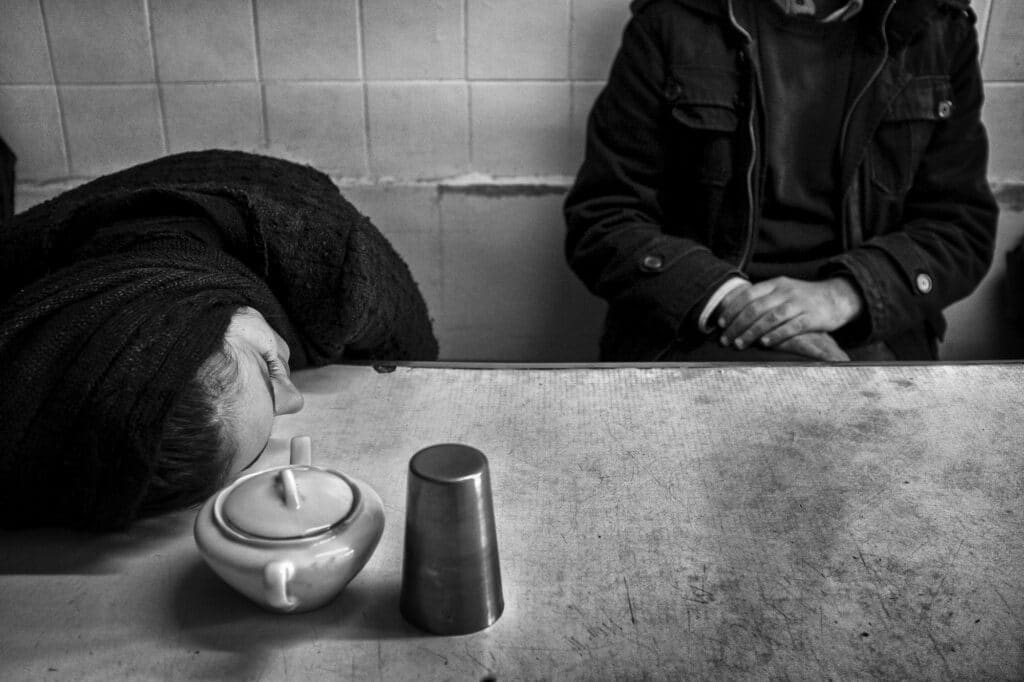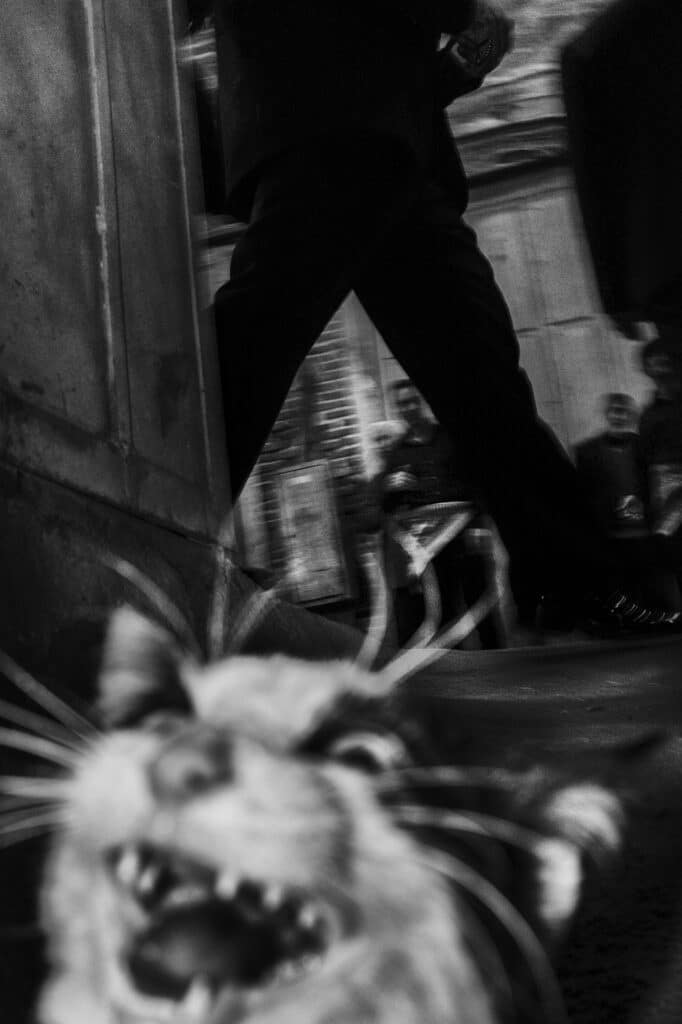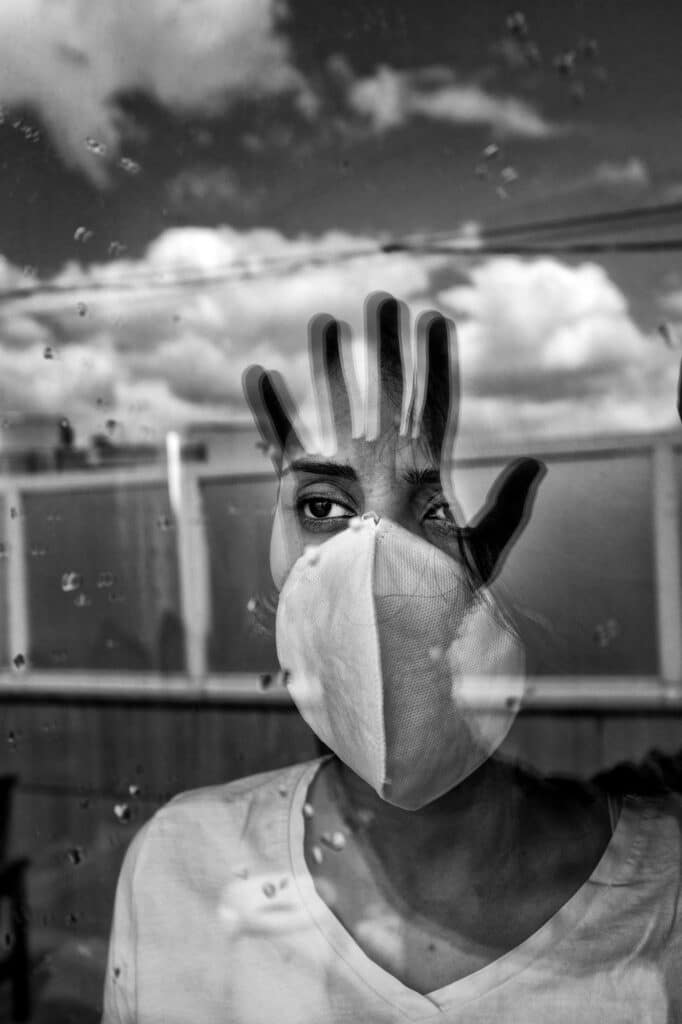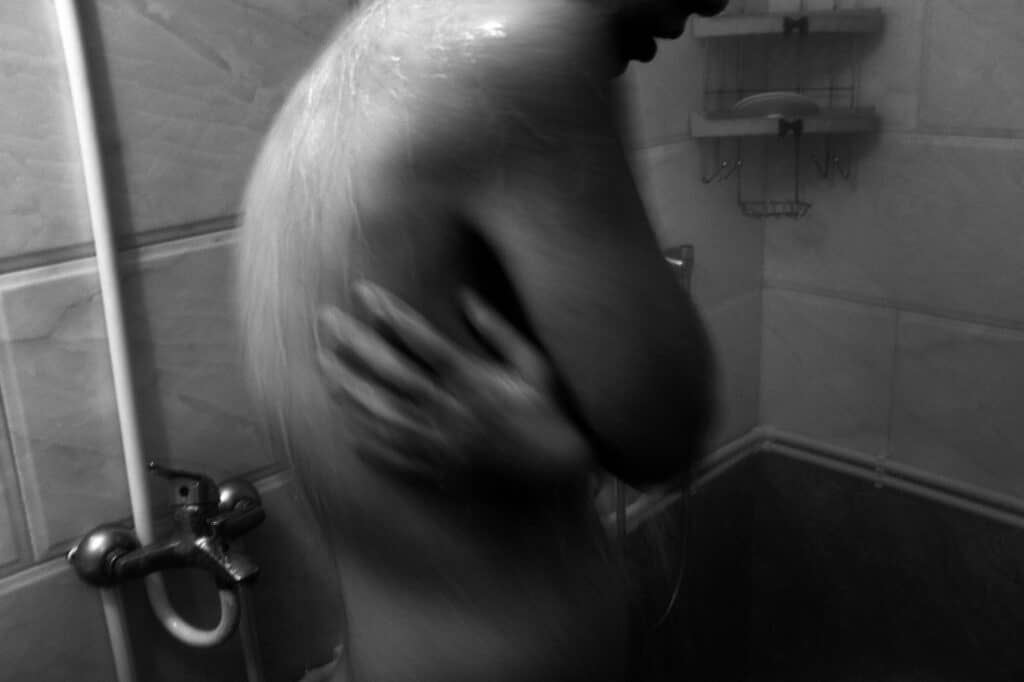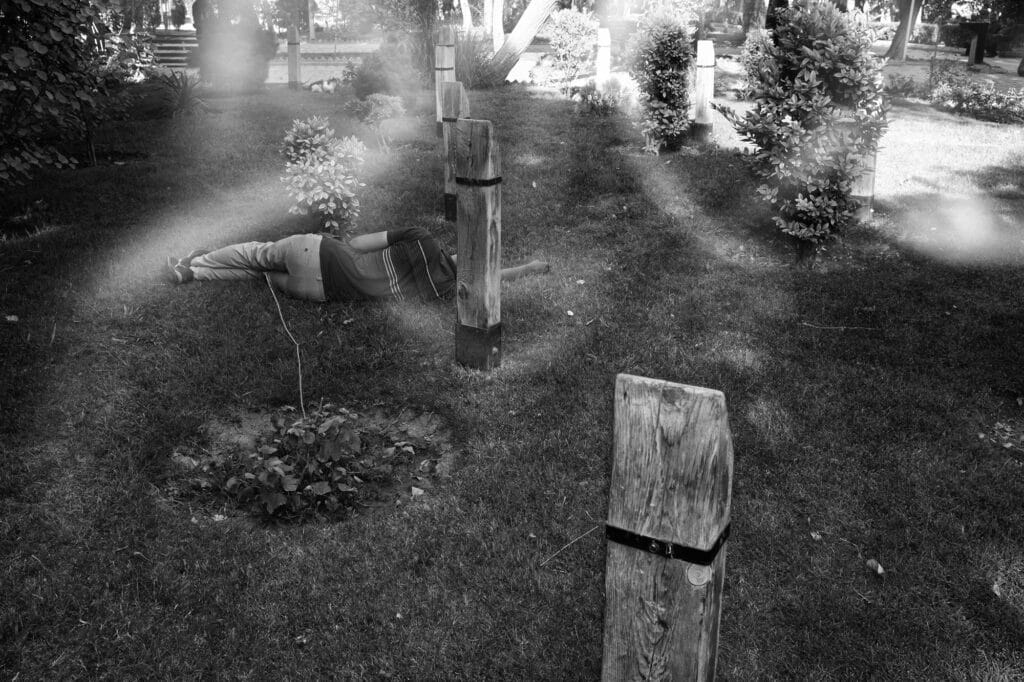Born in the city of Tabriz, in the North of Iran, in 1987, Farshid Tighehsaz is part of this generation that grew up after the Iranian revolution of 1979 and the Iran-Iraq war (1980-1988).
For 10 years, the young documentary photographer has been drawing an intimate portrait of a youth and a society struggling against poverty and depression. An inner cry that resonates today through the demonstrations of women, students and a whole section of the population.
His project Labyrinth was rewarded by the French magazine 6Mois which, for the 3rd edition, awards the 6Mois Photojournalism Prize.
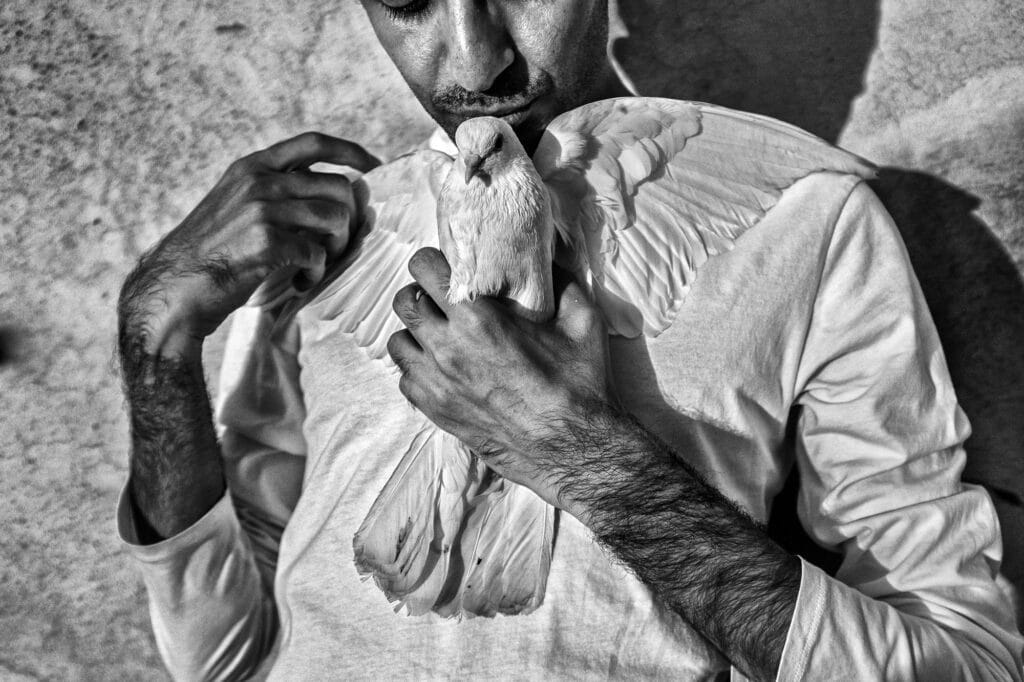
The 6Mois Photojournalism Prize offers an endowment of 10,000 euros to support photographers. What does this award mean to you?
I was really overwhelmed when I heard the news. This is the best thing that has happened to my career, alongside the VII Mentor Program. I am so happy to see that my project was selected and honored for receiving this prestigious Award.
Your connection to photography is very intimate. How did it become central to your life?
As a child, I was an introvert. I became passionate about observing the stars through a telescope. As my father was an amateur photographer, I was familiar with the camera from the beginning. Observing the world around me through a lens was always a fascinating activity for me.
In 2011, I had a first, painful love. Photography became my only way to express this pain. My first project The Environment of Love was born. Because of that mysterious connection, photography became a vocation for me.
What subjects do you evoke in your Labyrinth project?
I try to tell the story of the existence we face in Iran. A life lived under the shadow of the current government. Labyrinth explores the socio-psychological state of the post-revolutionary Iranian generation, of the repressed youth, unemployment and the anxiety for the future. The series evokes the emotional state I find myself in, mixed with the social and political conditions in Iran and in general in the world today.
“I took my 354th Sertraline [antidepressant] pill today.” Those are the opening words of your introduction to Labyrinth. Depression is a subject rarely discussed in Iran…
The expression of a mental problem, such as depression, is a taboo. Society considers mental problems as a weakness of the individual, causing stigmatization of most of those who suffer from such problems. Much of this taboo is rooted in the religious culture of Iranian society. Depression is considered a sin in Islam.
Since September 16 and the death in prison of Mahsa Amini, a 22-year-old Iranian Kurdish woman, accused by the morality police of violating the dress code, the protests have intensified in Iran… Did you get the opportunity to cover this popular uprising?
No, because in Iran photojournalism is not recognized by either the government or the demonstrators. It is very risky. There is no law to protect it. During these demonstrations, many photographers and journalists were arrested and are still in prison.
But this is a unique and extraordinary movement in the contemporary history of the country. The courage of Iranian women is remarkable in the face of a patriarchal culture.
You photograph in black and white. Is there any reason for it?
Because in black and white, I think I am closer to what I want to express. But sometimes I also photograph in color. It is the subject that determines the photographic language.
What are your influences?
Poetry, a lot, and my memories. Images from our memory, I think those are the most powerful influences in photography. I also like cinema a lot. For example, I love the film Biutiful by Alejandro González Iñárritu.
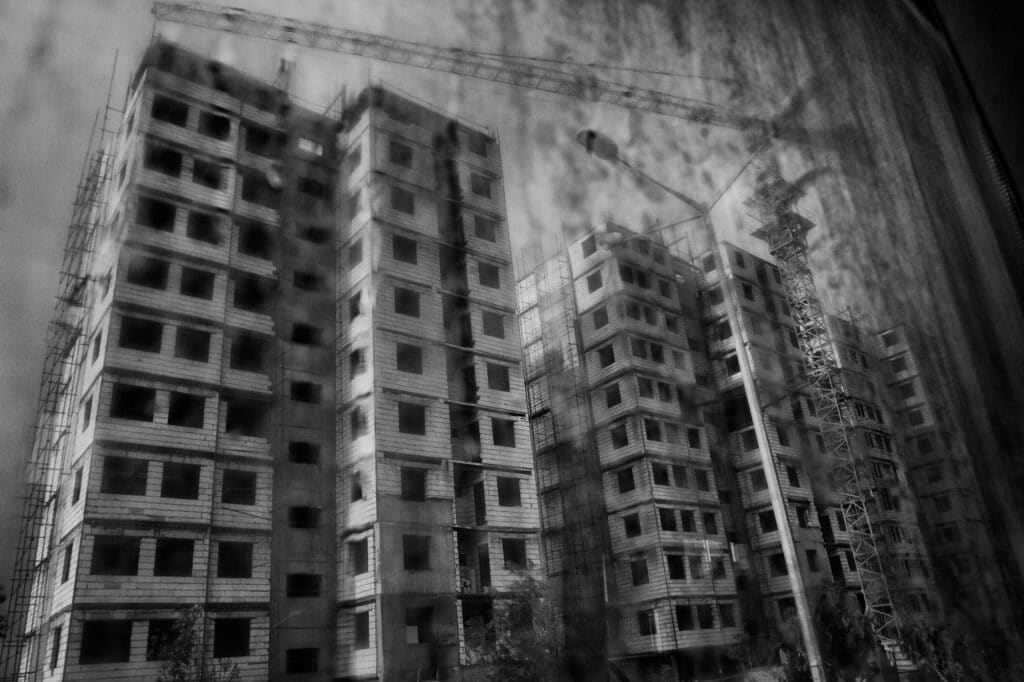
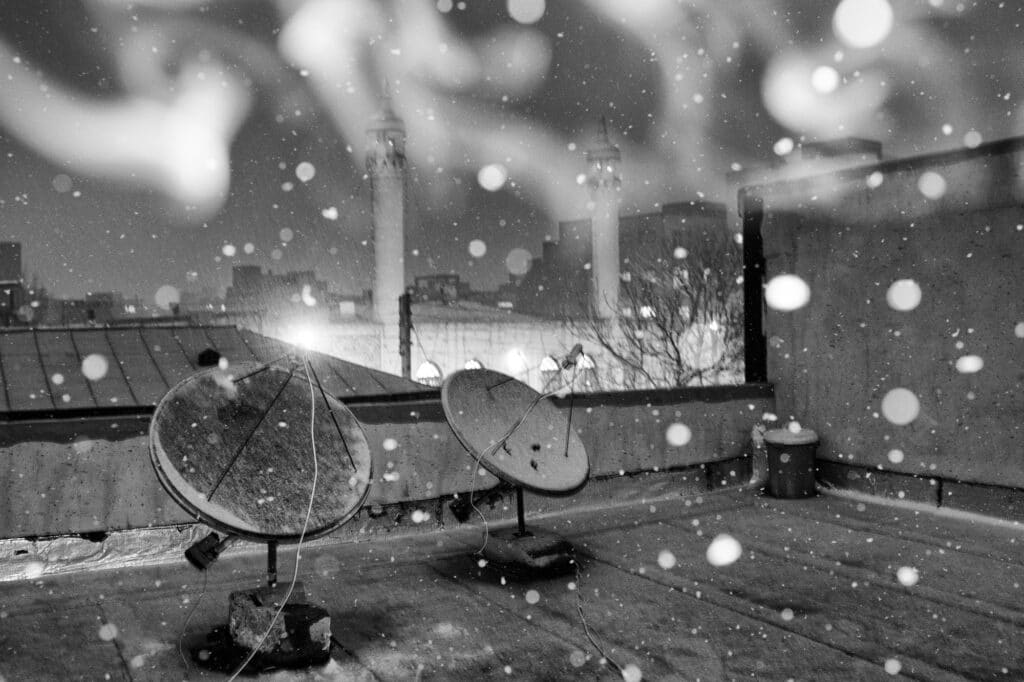
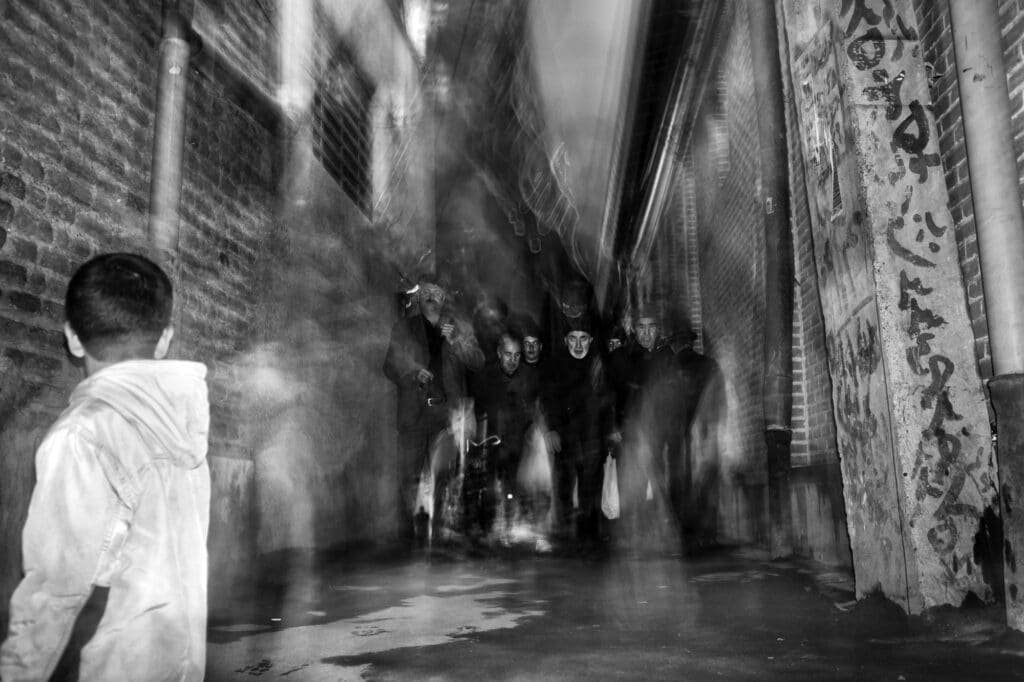
Was Abbas, the great Iranian photographer, a source of inspiration?
Abbas was a wonderful photographer, a legend. I never had the chance to meet him because I discovered his photographs too late. Abbas and Bahman Jalali did a wonderful job of depicting the events of the 1979 Iranian revolution. Now, many years later, when I look at these photographs, I wish people had seen enough of them at the time.
Do you manage to make a living from photography in Iran?
Making a living from documentary photography in Iran is almost impossible. There are photographers who are from wealthy families and this is not their concern. But in general, with the critical conditions of the economy in Iran, I don’t think even they are comfortable. I struggled with lack of money for half my life. Sometimes I couldn’t even buy a pack of cigarettes. I worked as a cab driver to live and support my project.
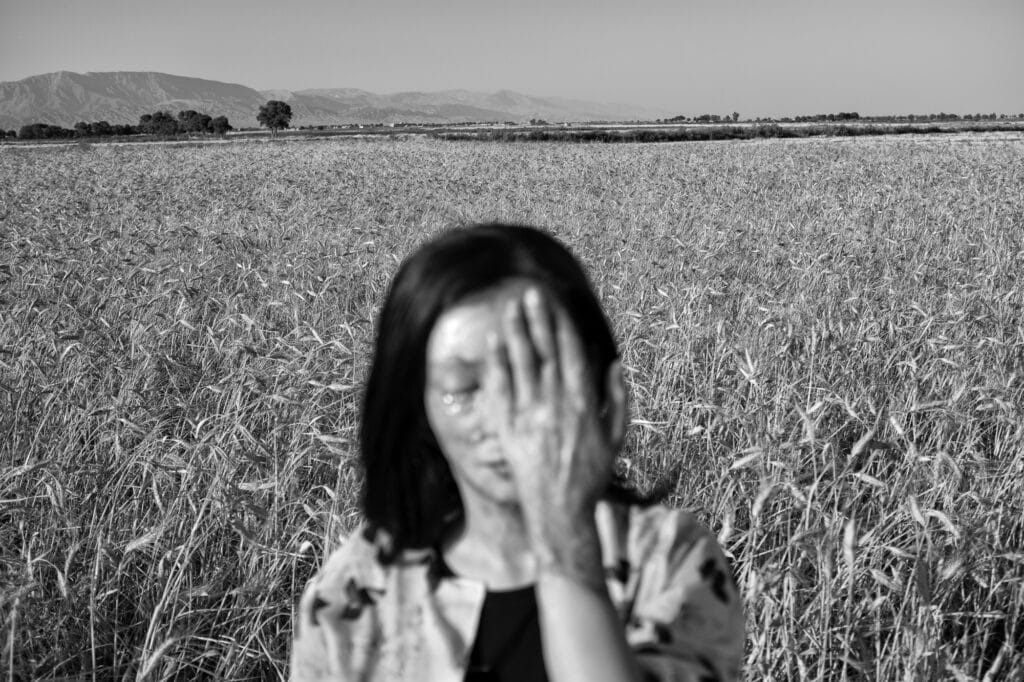
Tell us about your other projects…
After The Environment of Love, I described in Like Color of Loneliness the sudden death of my father and the consequences of grief on my family. My third project, The suicide of Butterflies, explores the issue of youth suicide in Iran.
How do you see the future of Iran?
I am not a specialist on Middle East issues. I only know that the geopolitics of Iran and the Middle East is very important and any future perspective should be in this framework.
